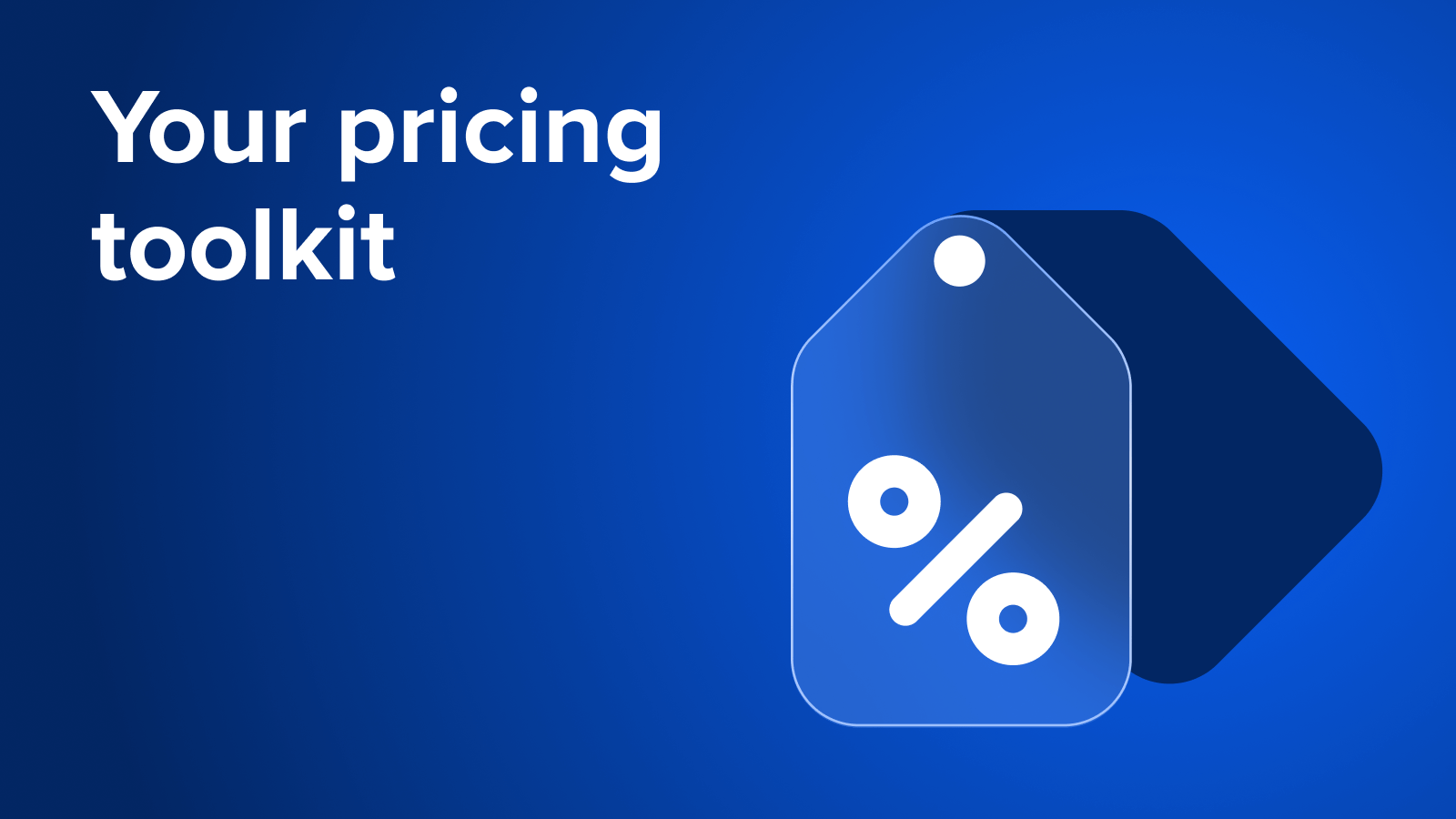Mastering Capacity Planning: A Comprehensive Guide for Venue Owners and Managers
.png?width=820&name=Mastering%20Capacity%20Planning_%20A%20Comprehensive%20Guide%20for%20Venue%20Owners%20and%20Managers_Social(2_1).png)
Welcome to the realm of attraction venues, where the success of your business hinges on the intricate dance of managing crowds and resources. This comprehensive guide delves deep into capacity planning—a nuanced facet of venue management that can significantly impact your guest experience, revenue streams, and long-term success.
What is capacity planning?
At its core, capacity planning is the meticulous and forward-thinking process of determining your venue's ability to accommodate guests. It involves a delicate balance between forecasting attendance, managing spatial constraints, and implementing strategies to optimize the overall guest experience.
Capacity planning benefits
You can unlock the full potential of your venue with effective capacity planning, reaping many benefits beyond the immediate operational sphere, which may include:
Increased revenue
Efficient capacity planning translates into increased revenue streams. By optimizing the number of visitors your venue can comfortably host, you maximize ticket sales and create opportunities for additional spending on concessions, merchandise, and other offerings.
Enhanced guest experience
Capacity planning is the linchpin for a positive and memorable guest experience. When visitors feel unhurried, unburdened by crowds, and have ample space to explore, they are more likely to leave with positive impressions, becoming not just one-time attendees but loyal patrons.
Word-of-mouth marketing
Beyond immediate financial gains, well-managed capacity planning sets the stage for word-of-mouth marketing. Satisfied guests are more likely to return and become enthusiastic advocates, spreading the word to friends and family and expanding your venue's reach.
Time savings
Strategic capacity planning saves time for both guests and staff. You create an efficient and enjoyable environment by minimizing queues, wait times, and bottlenecks. This time-saving element is a key value driver, especially in today's fast-paced world where every minute matters.
Read this next: How WhoaZone Reduced Admin Time By 50%
Capacity planning vs resource planning
Capacity and resource planning are two distinct but interconnected pillars of effective venue management. Understanding the differences between the two is crucial for a holistic approach to optimizing your venue's operations.
Capacity planning
Capacity planning primarily revolves around understanding and managing the volume of visitors a venue can comfortably accommodate. It encompasses forecasting attendance, determining optimal crowd sizes, and creating strategies to regulate the flow of visitors. The main goal is to ensure that the venue operates at an optimal capacity that maximizes revenue while providing a positive guest experience.
Resource planning
Resource planning, on the other hand, focuses on managing the internal and external resources required to meet the determined capacity. This includes staffing levels, equipment, facilities, and other logistical considerations. Resource planning ensures that the venue has the necessary infrastructure and support to handle the expected number of visitors without compromising on service quality.
Why both are necessary
While capacity planning sets the stage by determining how many guests the venue can handle, resource planning is the execution phase that ensures the venue is adequately equipped to handle that capacity. In essence, capacity planning informs resource planning, and effective resource planning supports the realization of the determined capacity.
Three capacity planning strategies
Elevate your capacity planning game with these advanced strategies designed to cater to your venue's and guests' evolving needs.
1. Pricing and capacity management
How pricing enhances capacity management
A strategic pricing model can be used to adjust ticket prices based on various factors, including demand, peak hours, and special events. This tactic directly contributes to effective capacity management in several ways:
- Demand regulation: By adjusting prices, you can influence visitor behavior. Higher prices during peak hours or high-demand periods can encourage visitors to choose off-peak times, naturally distributing attendance and preventing overcrowding during popular hours.
- Optimizing revenue streams: Adjusting prices ensures that you maximize revenue potential during high-demand periods while offering incentives, such as lower prices during off-peak times, to attract visitors when the venue is less crowded. This not only enhances revenue but also balances capacity throughout the day.
2. Timed entry and capacity optimization
How timed entry enhances capacity management
Implementing timed entry is a strategic move involving scheduling visitors at specific daily intervals. This method provides precise control over the flow of guests and contributes to effective capacity management in the following ways:
- Preventing overcrowding: Timed entry ensures a steady stream of visitors, preventing overcrowding during peak hours. Distributing arrivals throughout the day creates a more comfortable and enjoyable guest experience.
- Enhancing operational efficiency: Staff can anticipate and prepare for incoming crowds more effectively when entries are scheduled. This leads to smoother operations, reduced wait times, and an overall improvement in the guest experience.
- Tailoring experiences: Timed entry allows for a more personalized experience, as you can plan specific activities or events at different intervals. This approach not only optimizes capacity but also enhances the overall value of the guest's visit.
3. Membership programs and capacity planning
How membership programs contribute to capacity management
When strategically designed, membership programs can be a powerful tool for capacity planning. Here's how they contribute to effective capacity management
- Predictable attendance: Membership programs often have exclusive benefits such as priority access or reserved time slots. This predictability in attendance allows for better capacity planning, as you can allocate specific resources and staff for these dedicated members.
- Encouraging loyalty: Members are more likely to visit regularly, contributing to a consistent and predictable flow of visitors. This loyalty ensures a steady revenue stream and allows for better long-term capacity planning.
- Exclusive events: Membership programs can include exclusive events or hours, providing members with a unique experience and incentivizing them to visit during specified times. This targeted approach helps in managing capacity during regular operating hours.
Read this next: How Elevate Generated $600,000 in Membership Revenue in 4 Months
Three capacity planning best practices
Incorporate these meticulously crafted best practices into your capacity planning framework, transforming it into a dynamic engine that drives sustained success and unparalleled customer satisfaction.
1. Real-time monitoring for proactive crowd management
Real-time monitoring is the heartbeat of effective capacity planning. Implementing advanced technologies like RFID systems, camera analytics, and mobile apps allows you to gather instantaneous data on visitor numbers, movement patterns, and popular attractions. This enables proactive adjustments to capacity limits and empowers staff with real-time insights, facilitating swift decision-making to manage crowds effectively.
Key aspects:
- Crowd density mapping: Utilize advanced analytics to map crowd density in different areas of your venue in real-time, enabling targeted interventions to prevent congestion.
- Predictive analytics: Leverage machine learning algorithms to predict attendance trends based on historical data, enabling anticipatory adjustments to capacity limits.
- Integration with operations: Integrate real-time monitoring systems with your venue's operations, enabling seamless communication and immediate responses to changing crowd dynamics.
Read this next: RFID Wristbands: How They Can Benefit Your Venue
2. Continuous improvement through regular reviews and adjustments
Capacity planning is an evolving process. Regularly review and adjust strategies based on historical data, changing trends, and guest feedback to stay adaptive and responsive.
Capacity planning is not a static endeavor—it thrives on continuous improvement. Regularly review and analyze historical data to identify patterns, peak periods, and areas for improvement. Stay attuned to changing trends in visitor behavior and preferences. Most importantly, actively seek and incorporate guest feedback to ensure your capacity planning strategies align with the evolving expectations of your audience.
Key aspects:
- Historical data analysis: Dive deep into historical attendance data to identify patterns, peak seasons, and high and low-demand areas.
- Guest surveys and feedback loops: Implement guest surveys and feedback mechanisms to gather insights into their experiences, preferences, and suggestions for improvement.
- Cross-functional collaboration: Foster collaboration between departments, combining insights from operations, marketing, and customer service to refine capacity planning strategies holistically.
Read this next: Uptown Jungle collects more feedback with the Guest Experience Score
3. Streamline operations with collaborative technology solutions
Embrace venue management software solutions like ROLLER to streamline capacity planning. These tools provide valuable insights, automate processes, and enhance overall operational efficiency. Modern challenges demand modern solutions.
Key aspects:
- Data-driven decision-making: Harness the power of data analytics within venue management software to make informed, data-driven decisions on capacity adjustments and resource allocations.
- Ticketing integration: Utilize integrated ticketing solutions to manage entry flows, control attendance numbers, and implement dynamic pricing strategies seamlessly.
In the dynamic landscape of attraction venues, mastering capacity planning is not just a strategic advantage—it's a necessity. As you delve into the nuanced intricacies of this process, incorporating advanced strategies and meticulously crafted best practices, you not only optimize revenue and save time but also create an environment where every guest experience is delightful.
Contact us today to learn more!
Related articles


What Every Venue Needs to Know About Birthday Parties (from a Parent and a Pro)

2025 Pulse Report Webinar: Operators Unpack the Guest Insights
Enhance your guest experience
Get free education, tips and inspiration to help you run a successful venue.